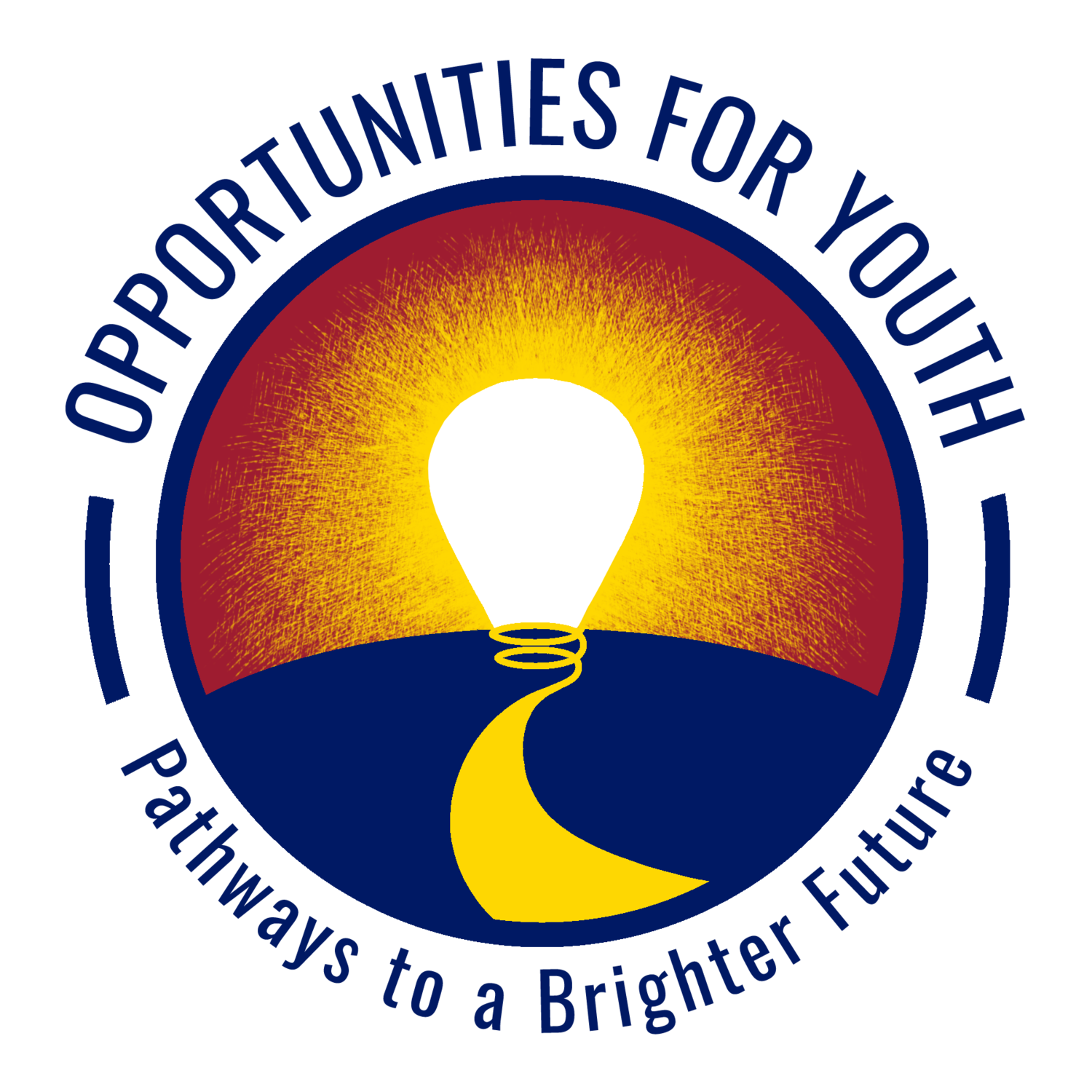Last Spring Dr. Kristin Ferguson-Colvin and James Hoyt of Opportunities for Youth contributed to a new report released in June by The Aspen Institute’s Forum for Community Solution.
Shaping the Narrative: Community Stories of Effective Practice and Impact Across the OYF Network, lifts up the stories from Opportunity Youth Forum (OYF) communities working on the ground to improve policies and programs to support opportunity youth, who are 16- to 24-year-olds out of work and school. The OYF began as a group of 21 community collaboratives and has grown to a network of more than two-dozen urban, rural, and tribal communities. Roughly one-quarter (about 1.2 million) of all opportunity youth in the United States reside in or near OYF communities.
Using a community collaboration approach, OYF collaboratives bring together multiple stakeholders (e.g., schools, community-based programs, post-secondary institutions, employers, youth leaders, and government agencies) to remove barriers and improve the systems that serve opportunity youth. The report elucidates findings from these communities who have been working for many years to change structures. These stories demonstrate the variety of strategies being employed across the network and share ideas for other communities also interested in supporting their opportunity youth.
The report highlights these 5 key findings:
1) Collaboratives have developed strong partnerships, characterized by high partner engagement and shared accountability toward a common agenda.
2) The majority of collaboratives have made progress changing two narratives in their communities: creating an asset-based frame of opportunity youth, and elevating recognition of the systemic, rather than individual, nature of challenges these youth face.
3) Collaborative partners have made a range of organizational policy and practice changes that demonstrate significant promise and progress in changing pathways to support opportunity youth.
4) Collaboratives are authentically engaging youth as partners in their work.
5) Although collaboratives have made headway leveraging public resources for this work, sustained funding for the collaborative infrastructure remains a challenge.
Among the strategies being used in OYF collaboratives, is fostering partnerships to establish a prison-to-college-pipeline, partnering with post-secondary institutions to address youth disconnection, and improving education and employment possibilities for foster youth.
“There’s so much potential realized by engaging this returning population of young people in ways that will help them enter the workforce and contribute to the local economy,” says Breeanna Decker, Program Associate for the Opportunity Youth Initiative at the Oakland-based Urban Strategies Council, of the prison-to-college pipeline model. “We need to make sure these resilient youth and young adults are aware of opportunities for education so they can prepare to enter the workforce successfully.”
The Los Angeles Opportunity Youth Collaborative (OYC) is focused on improving education and employment outcomes for transition-age foster youth in Los Angeles County.
“The OYC unites the many and varied voices working to support our young people transitioning from care,” says Congresswoman Karen Bass. “Their collective power to affect change cannot be underestimated.”
We hope these examples of work taking place in local communities across the country can serve as inspiration for those who are looking to change systems to better support opportunity youth in their own communities.

